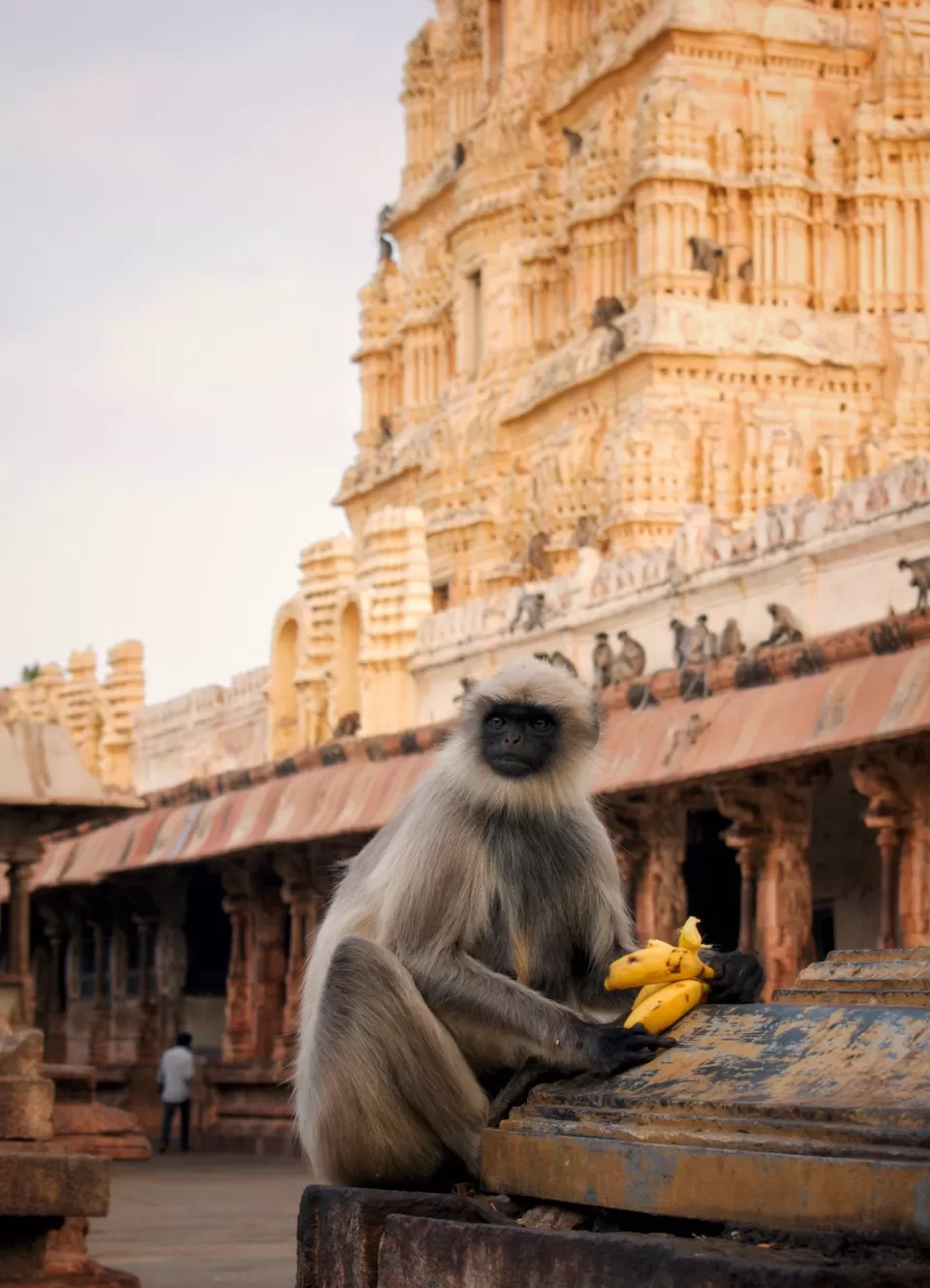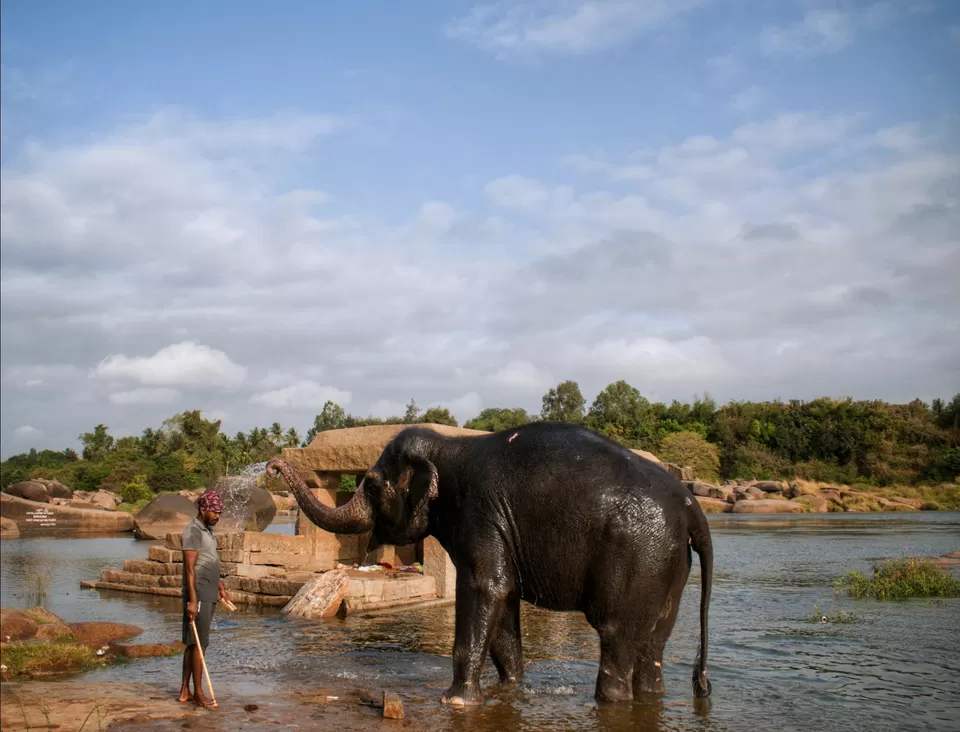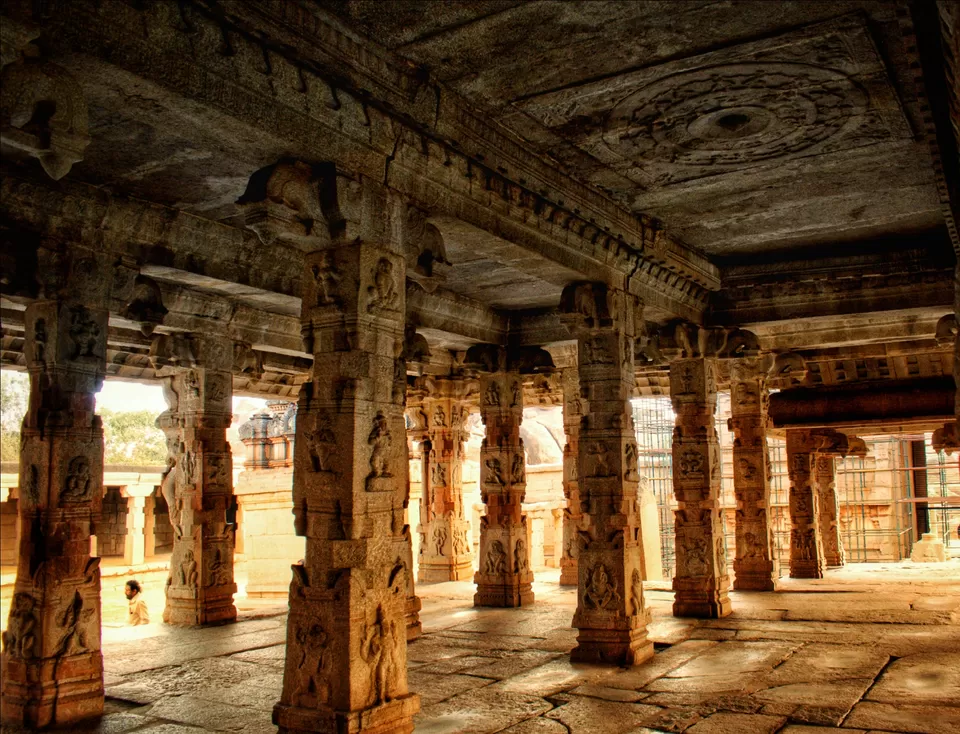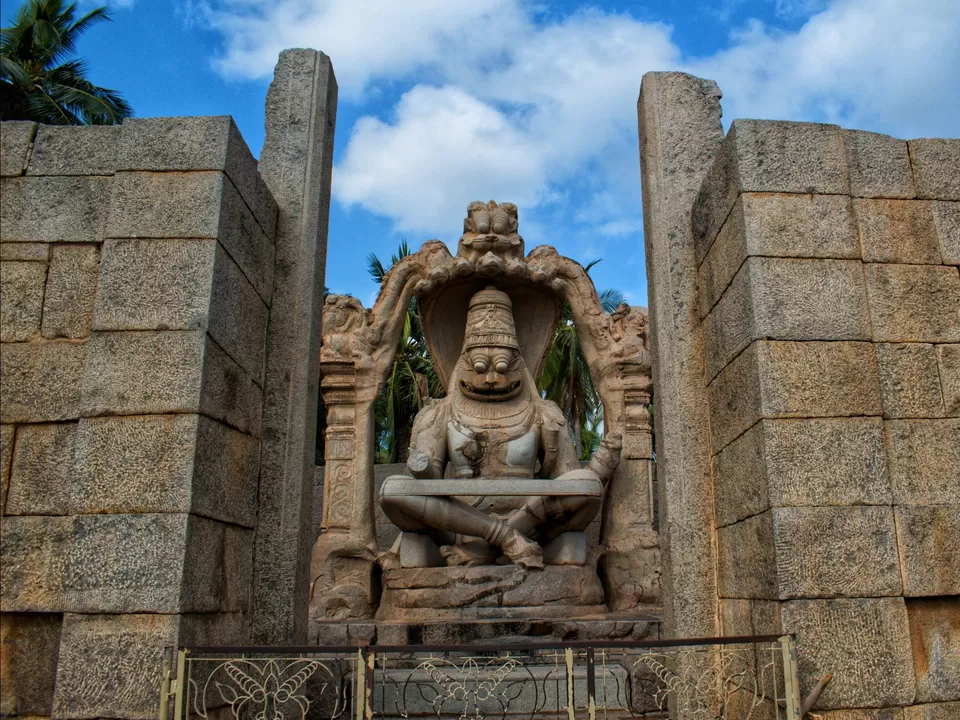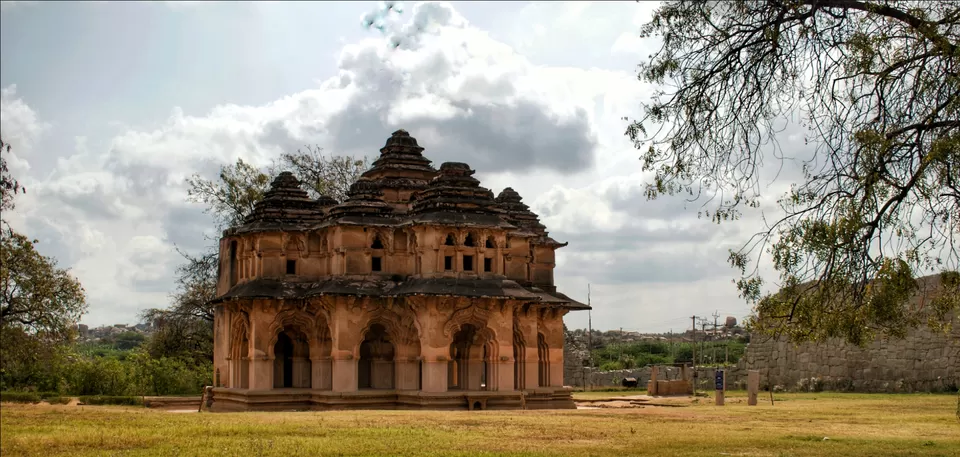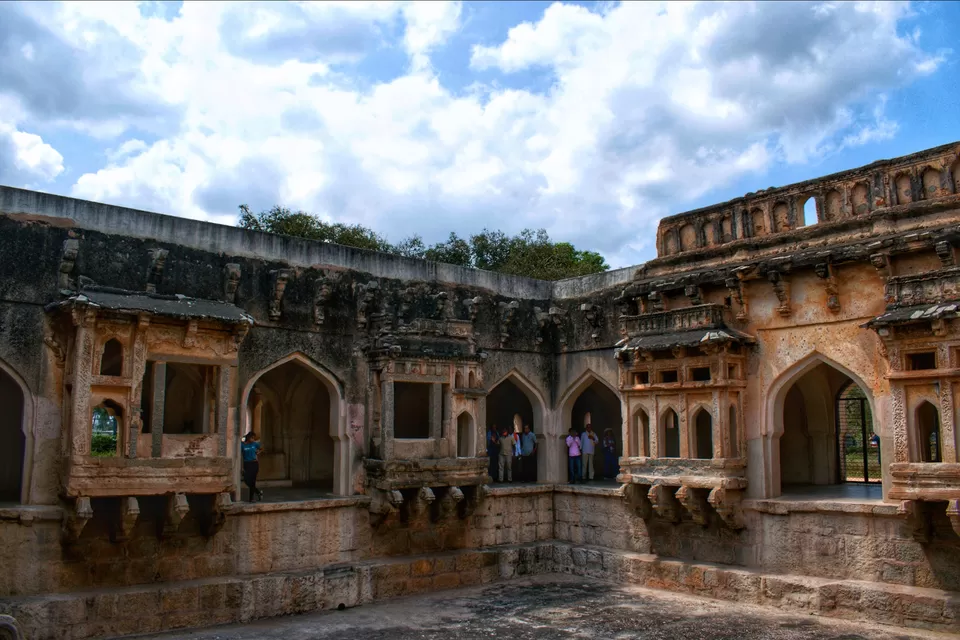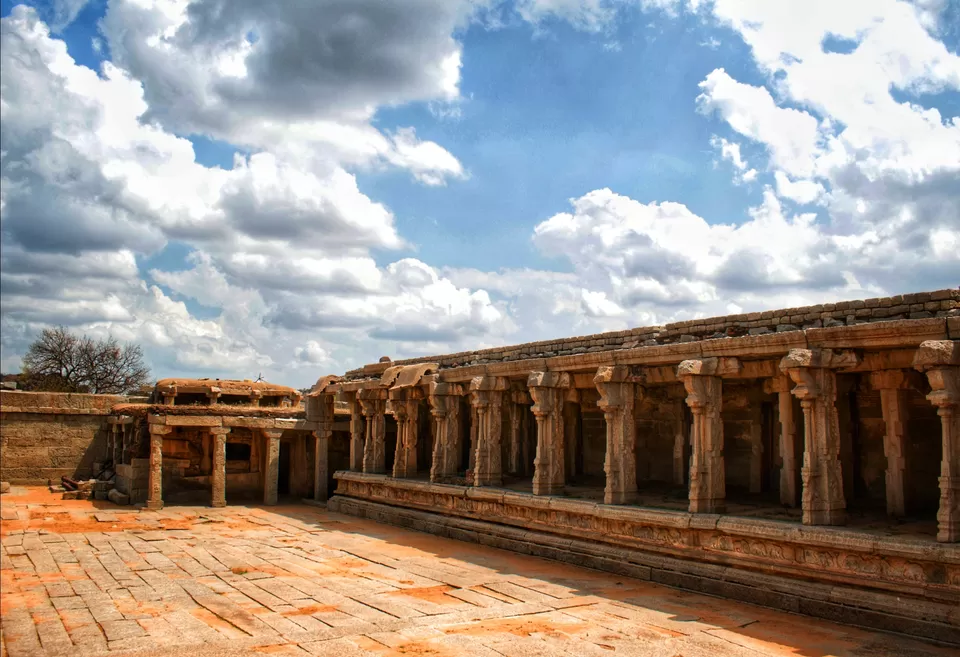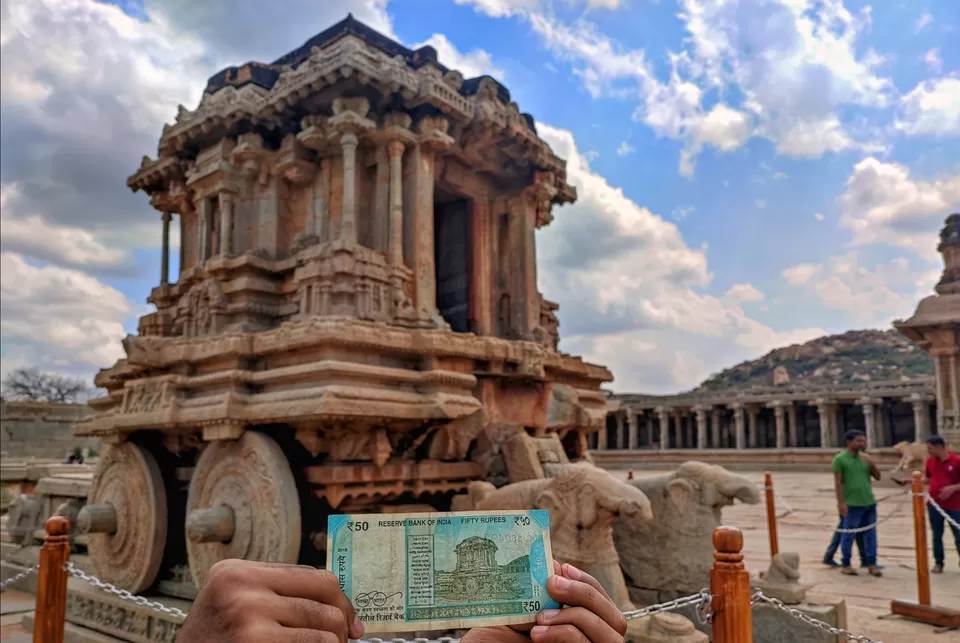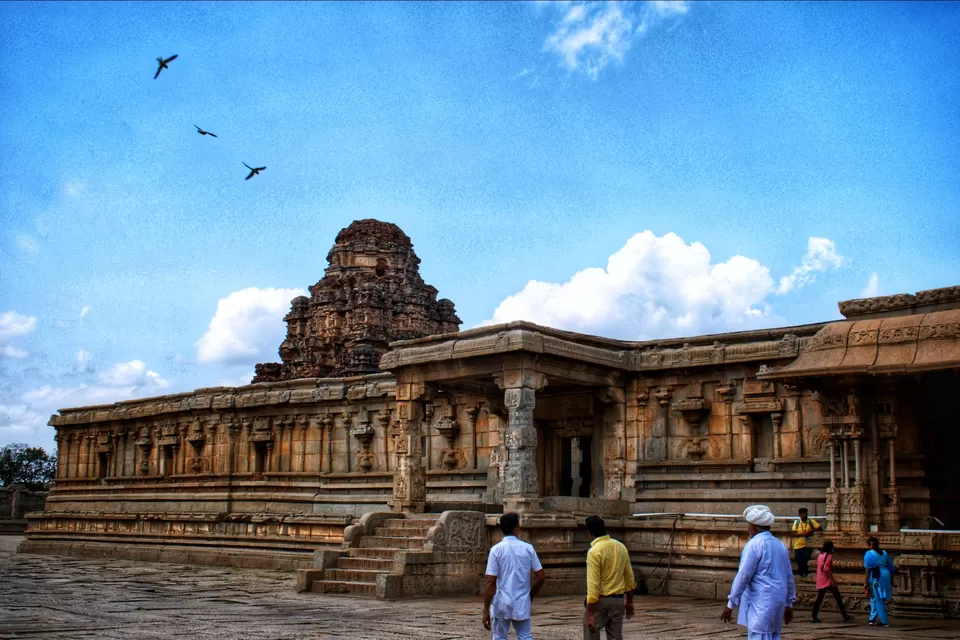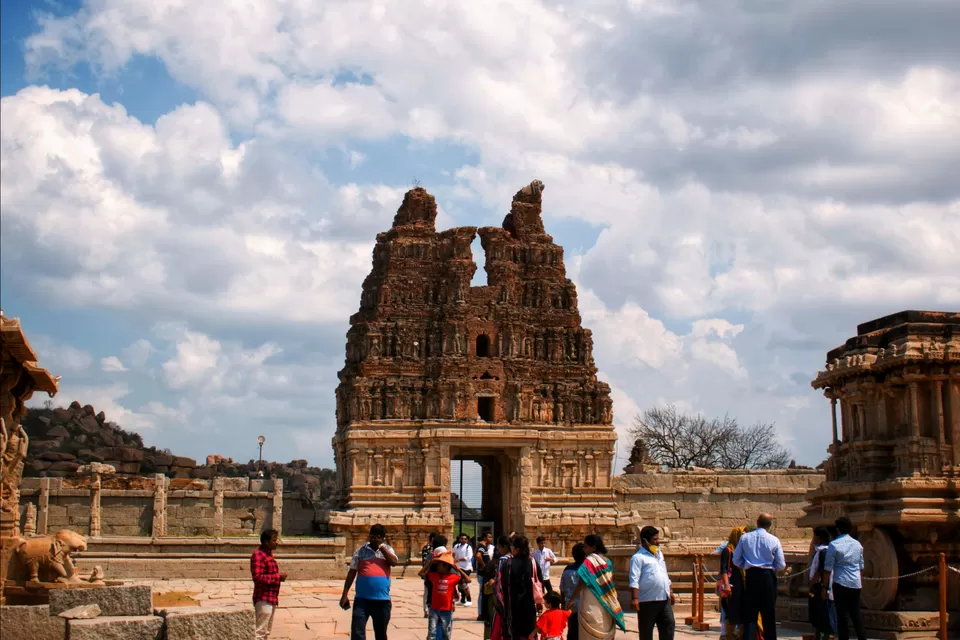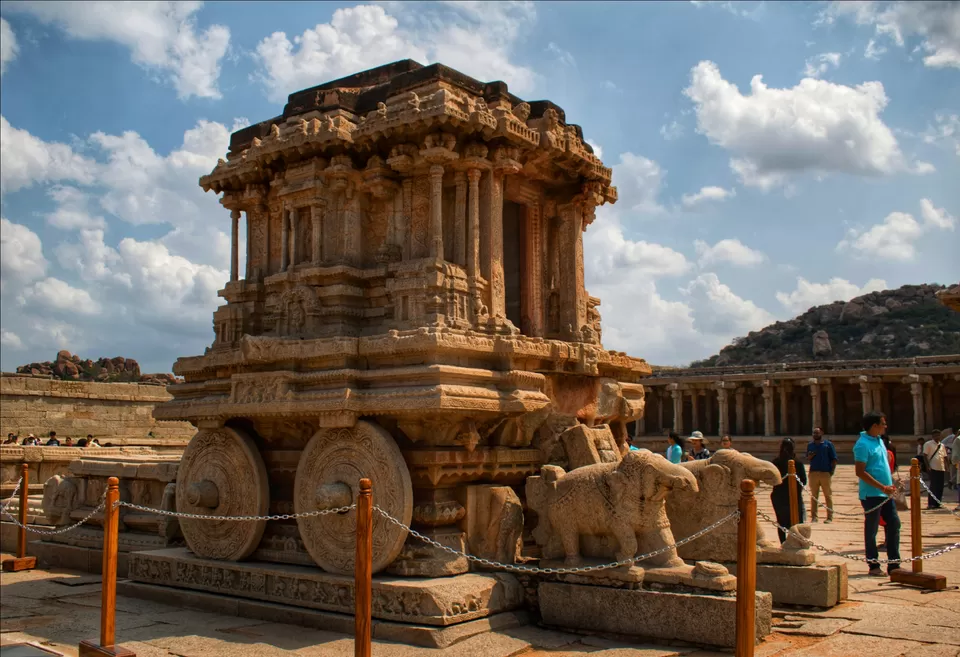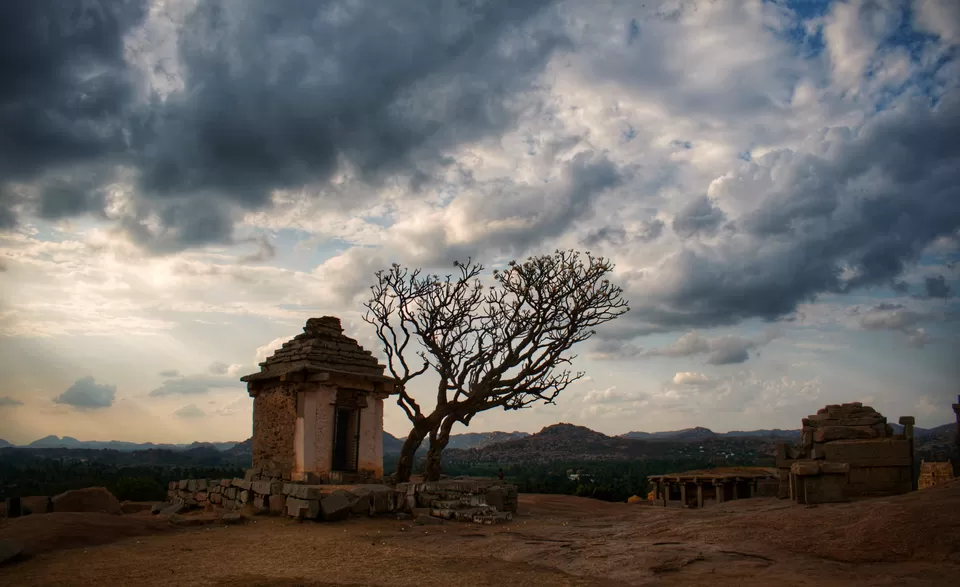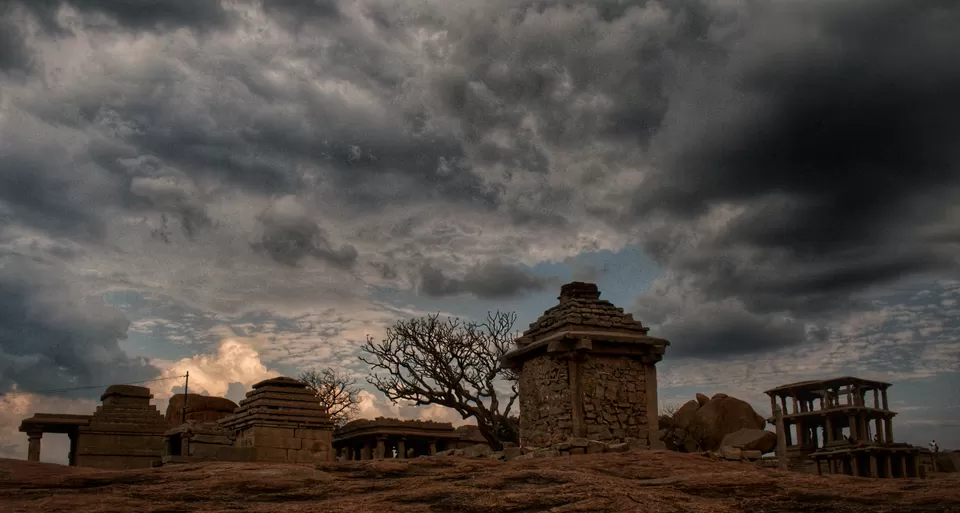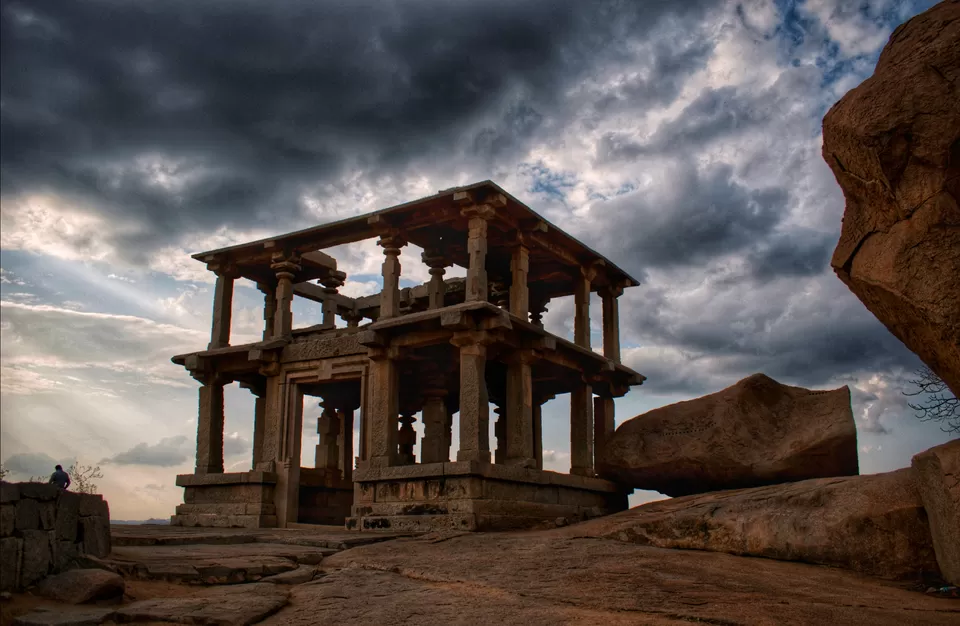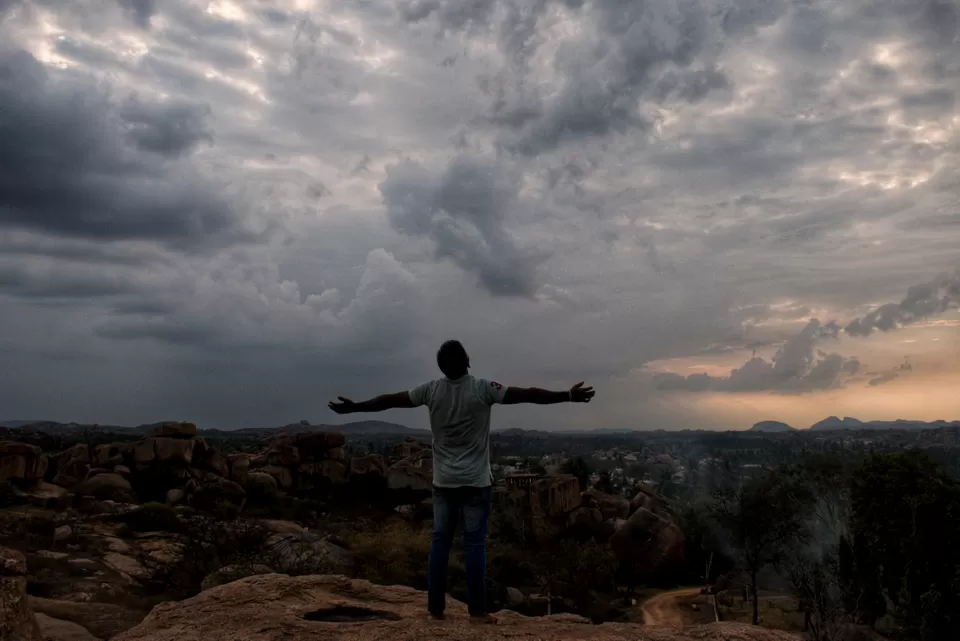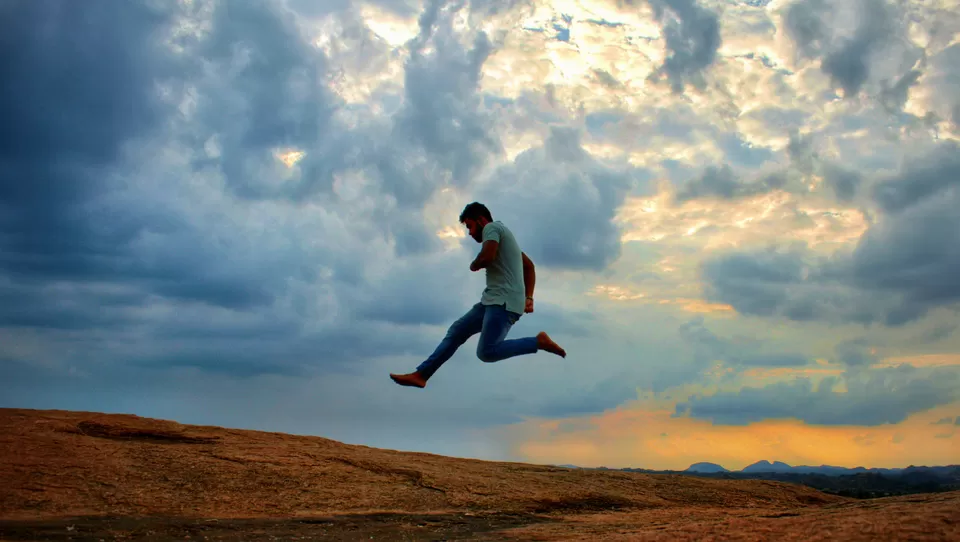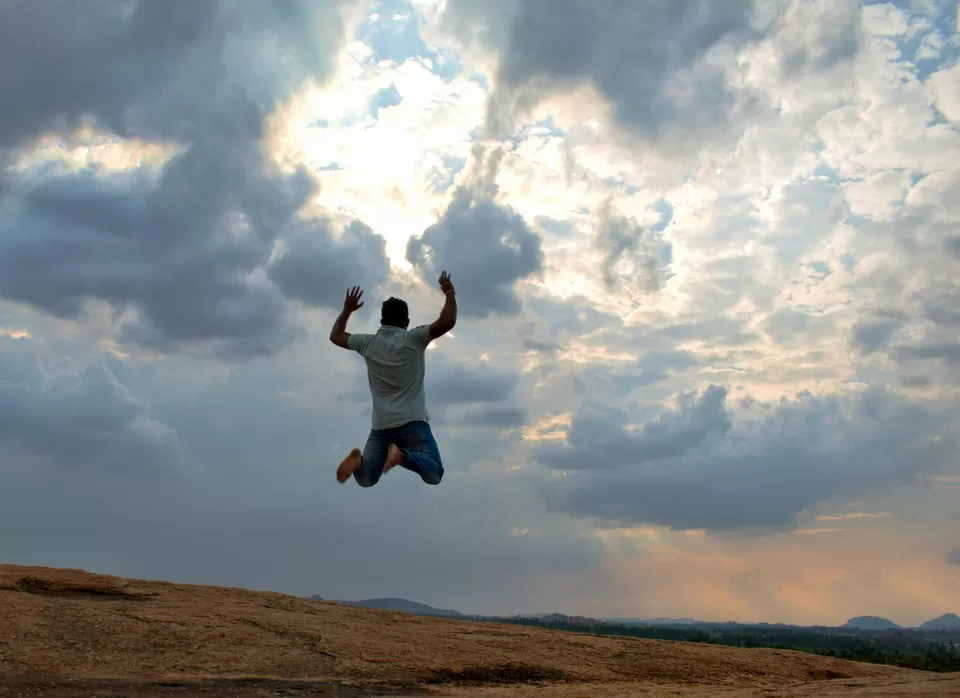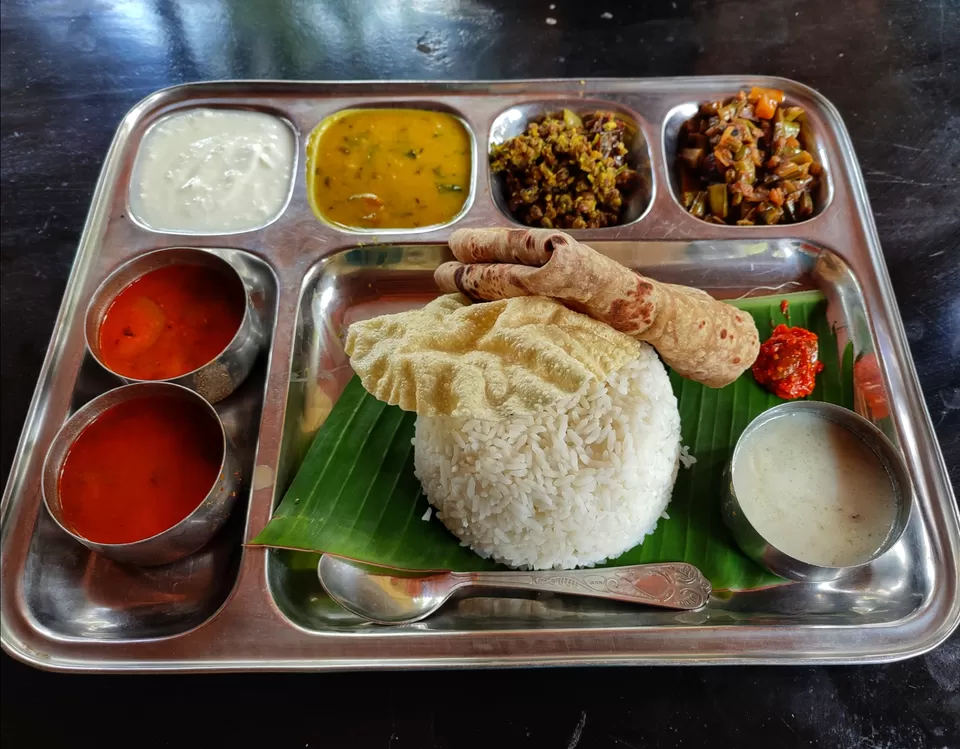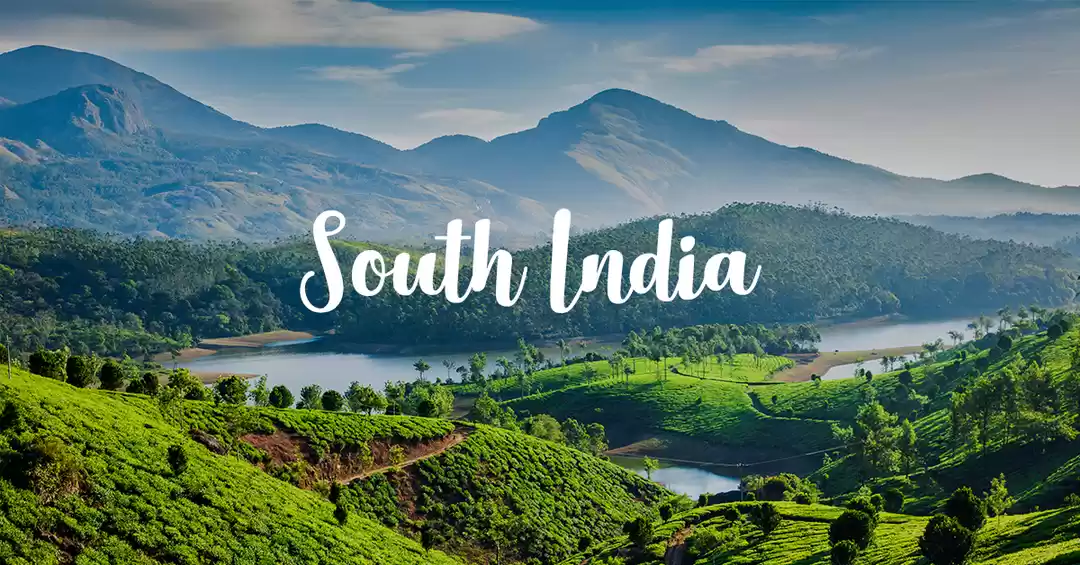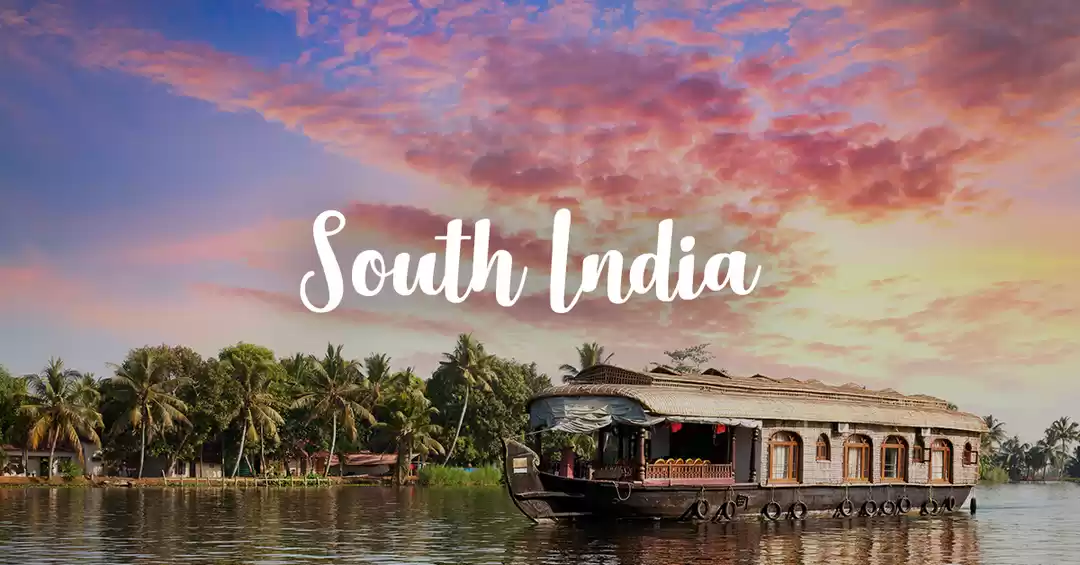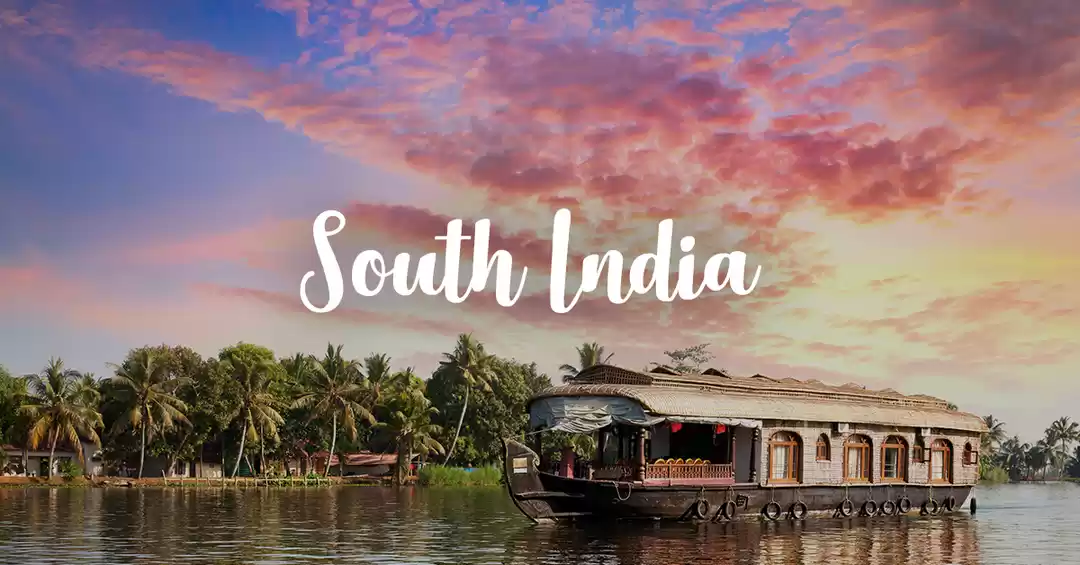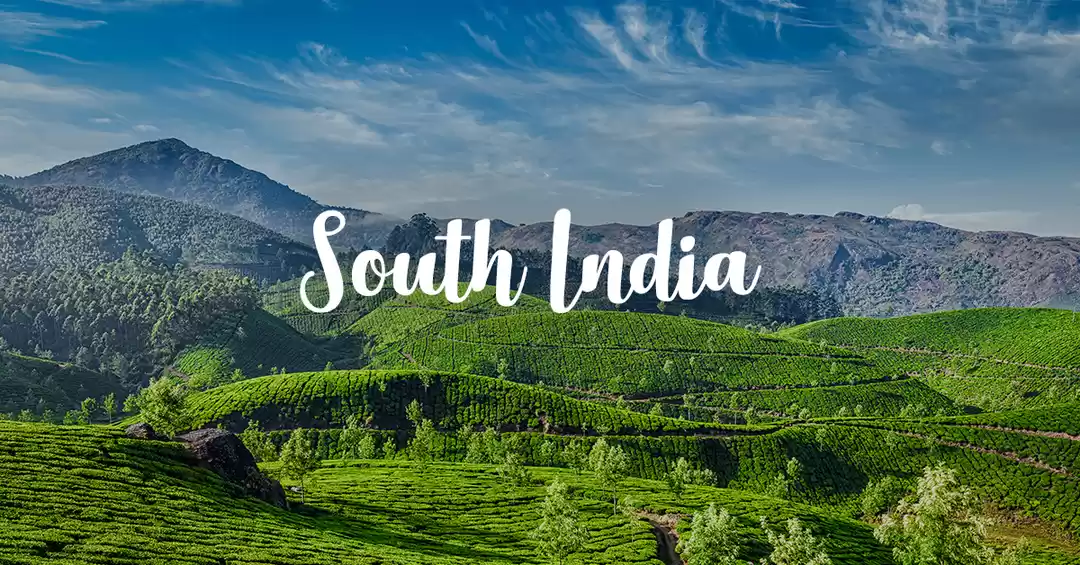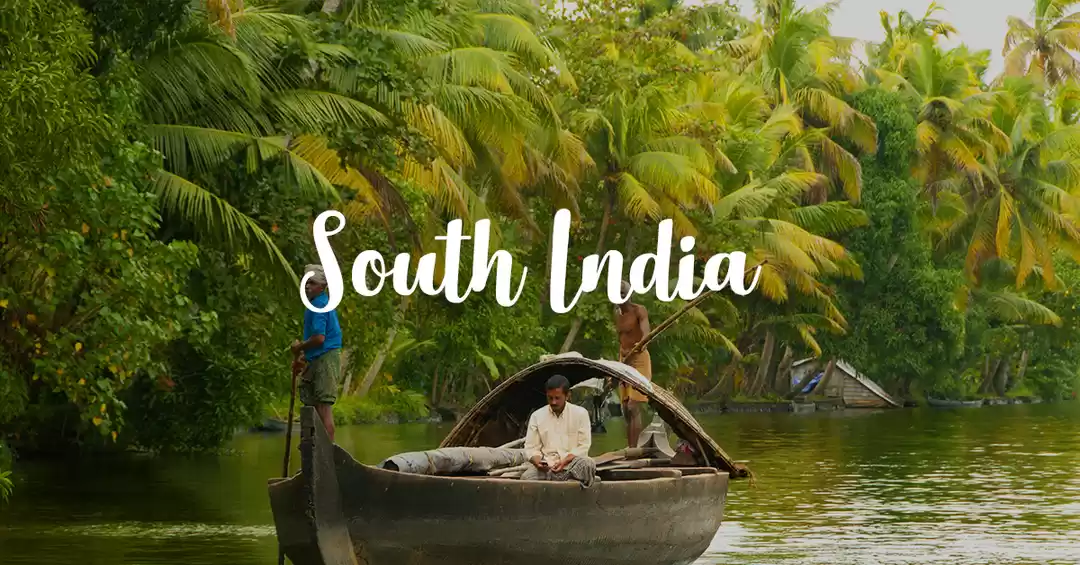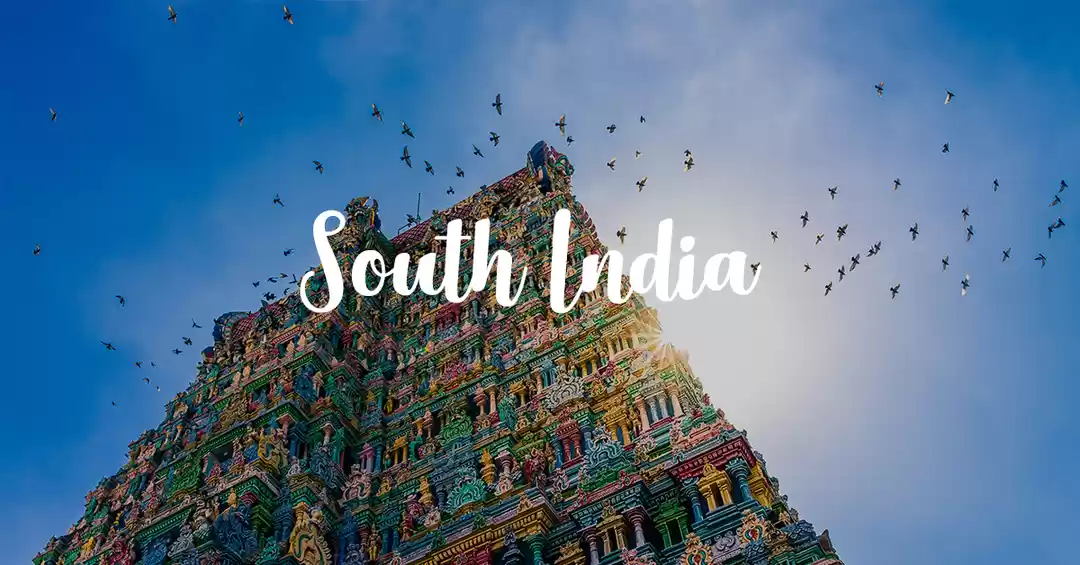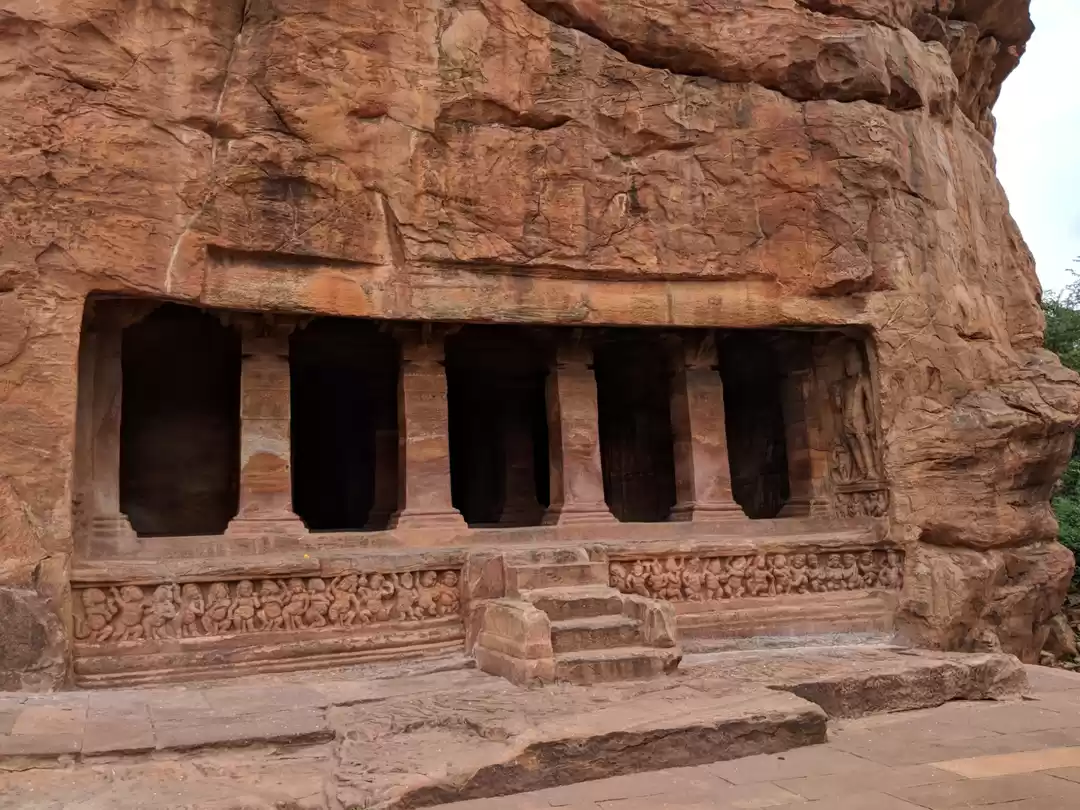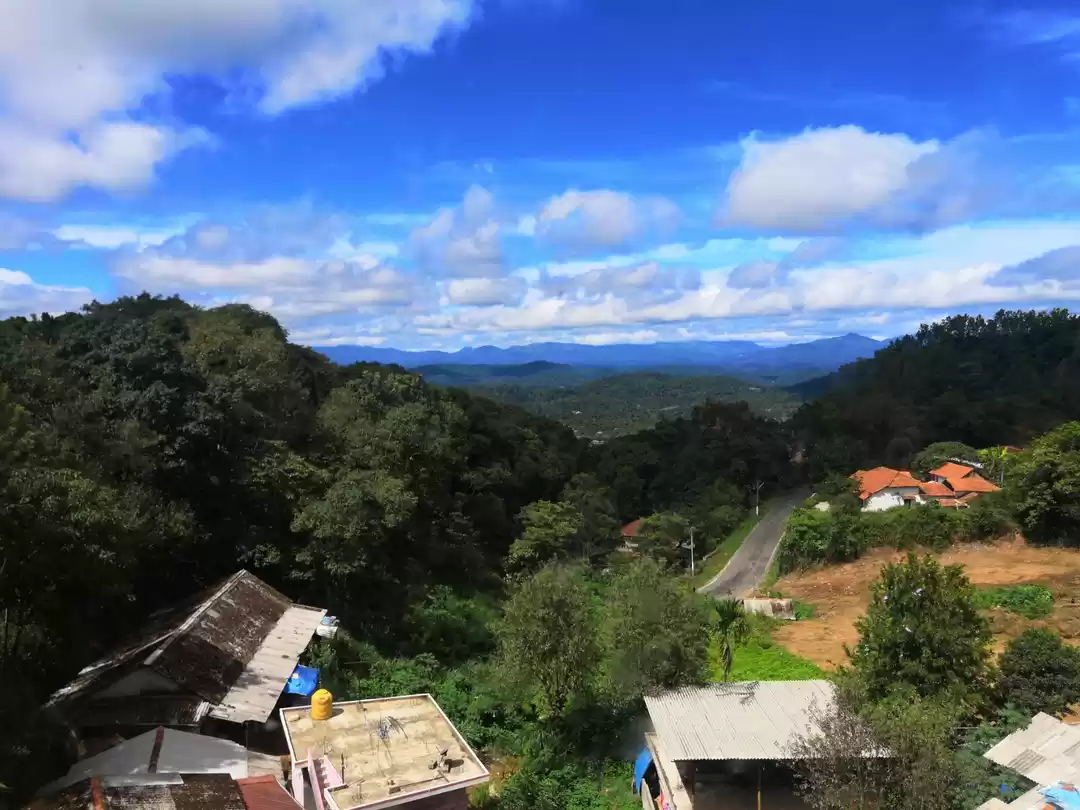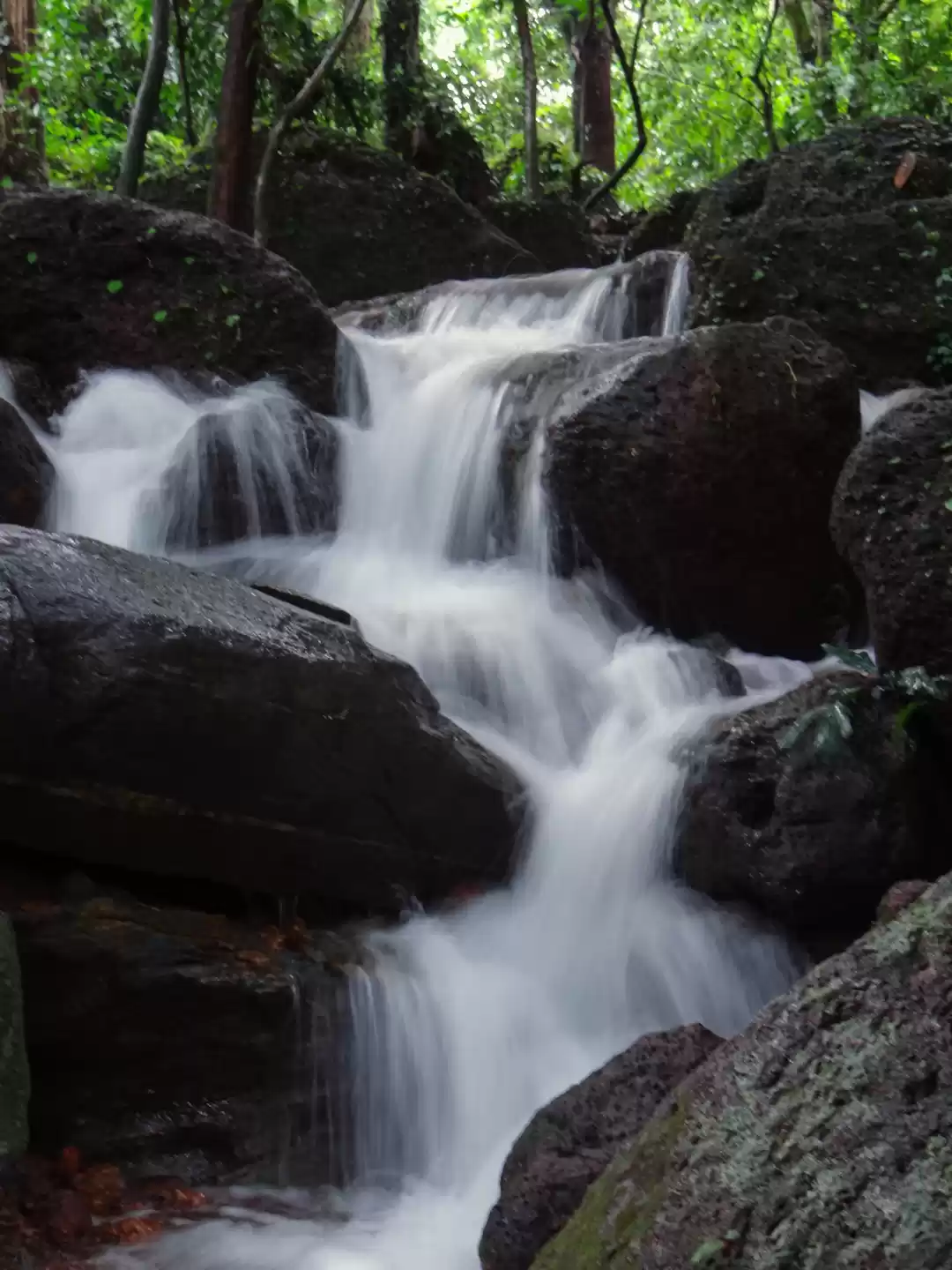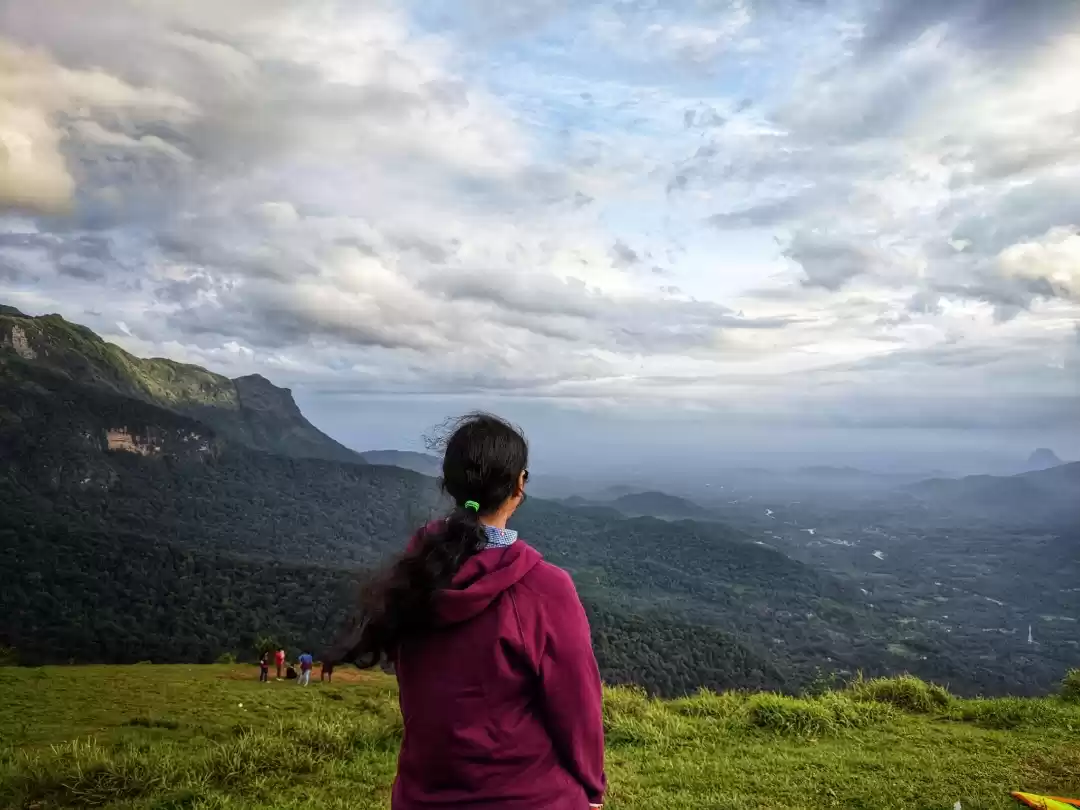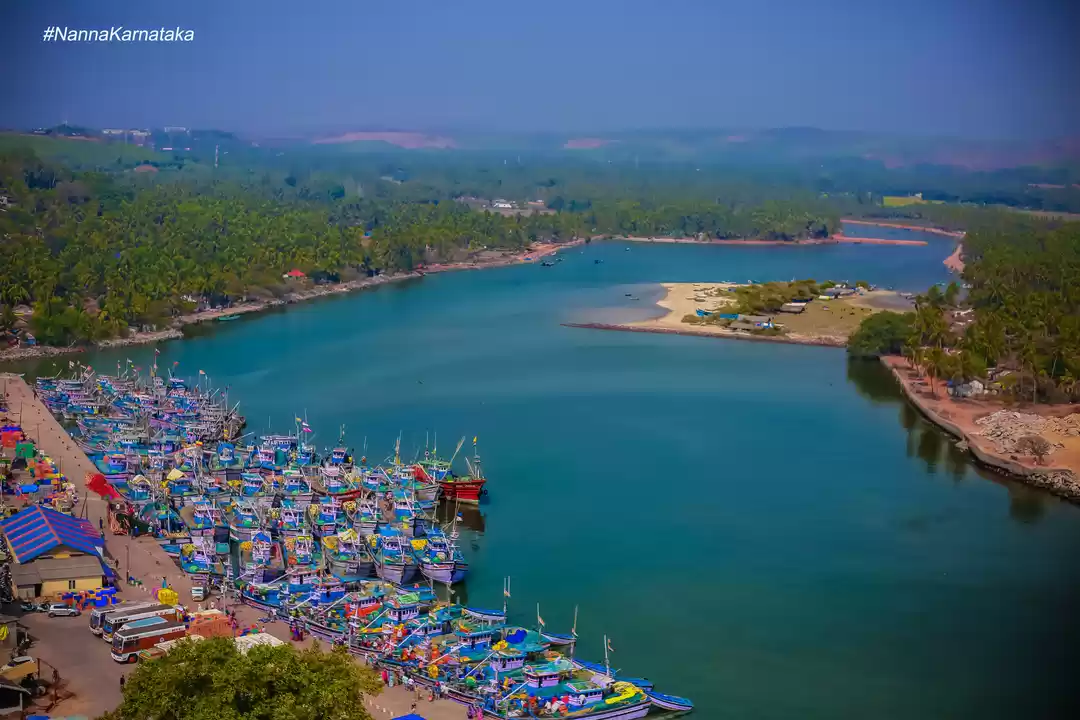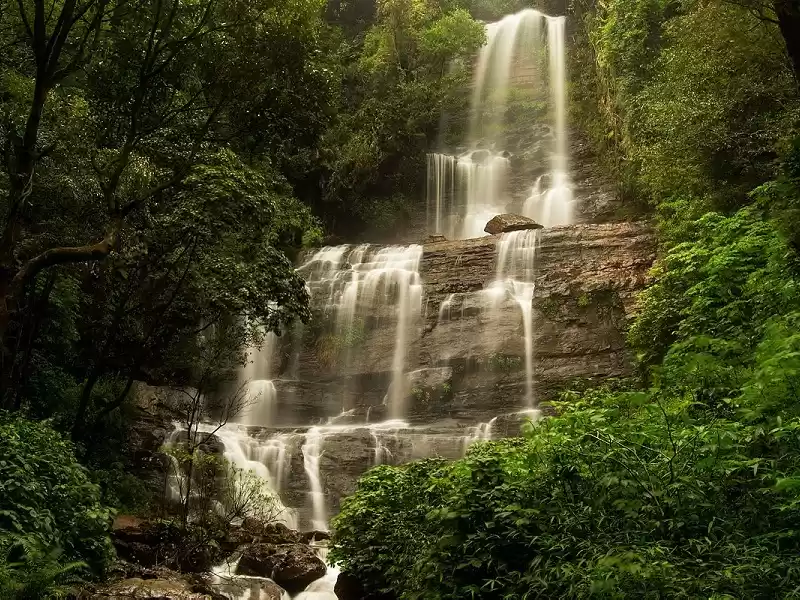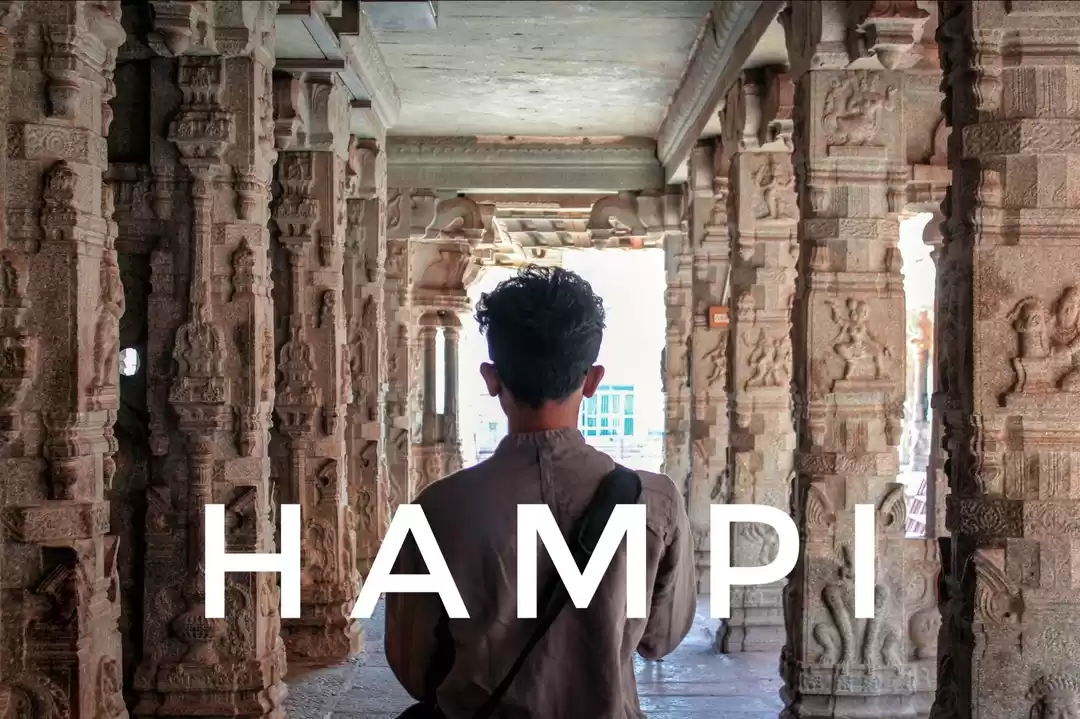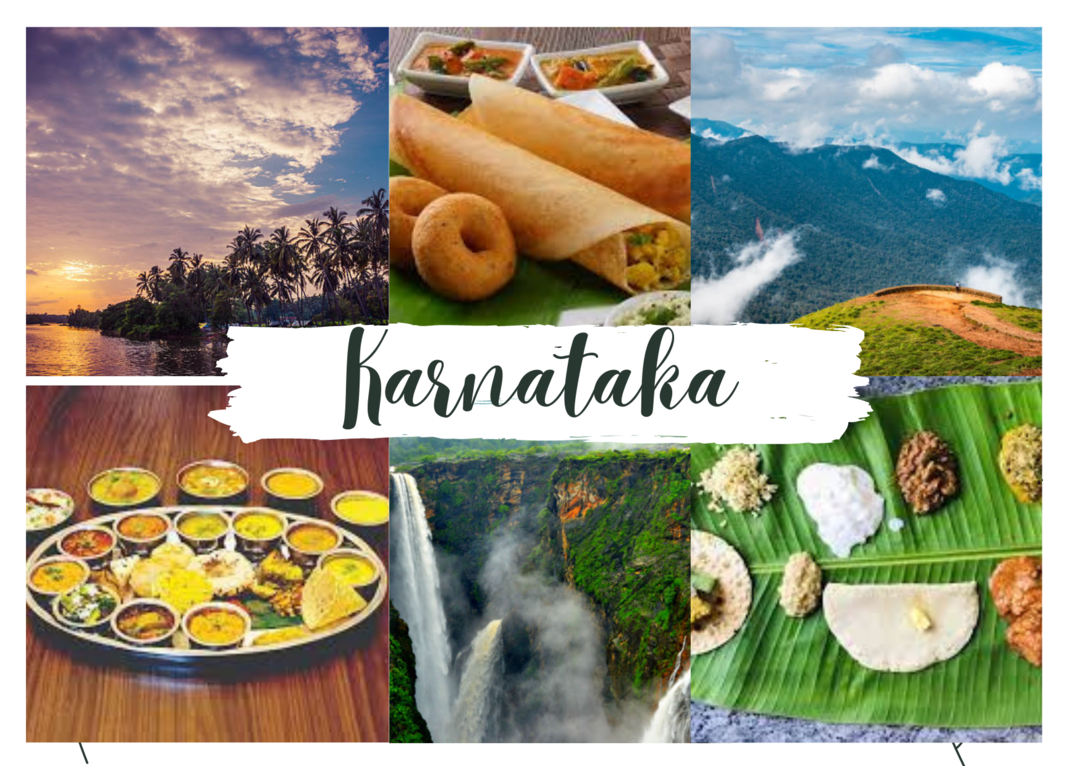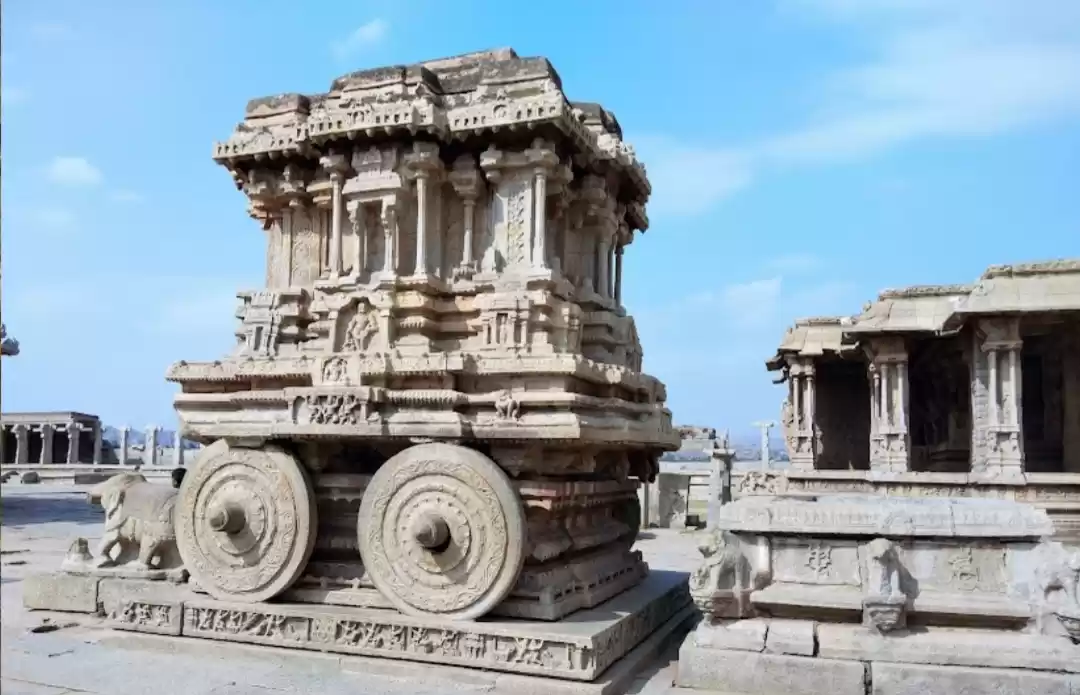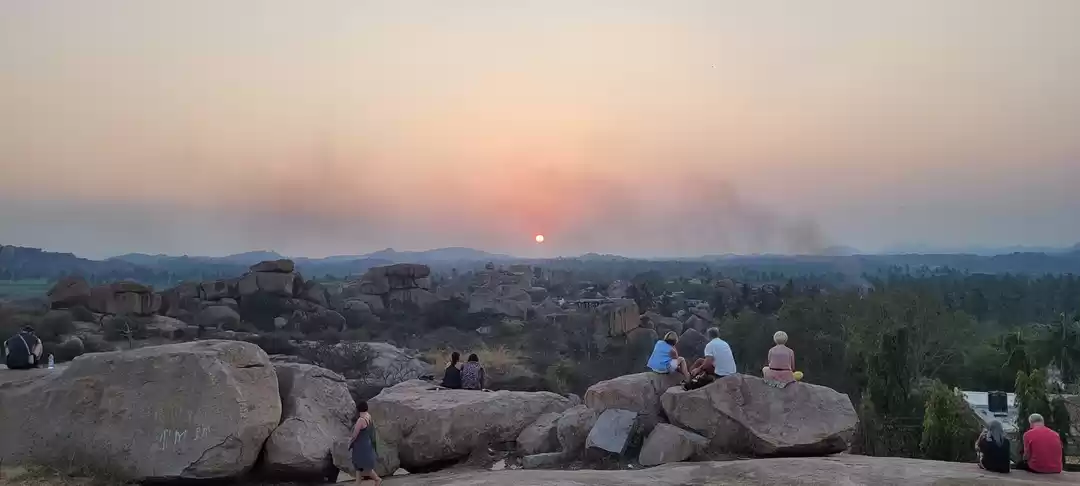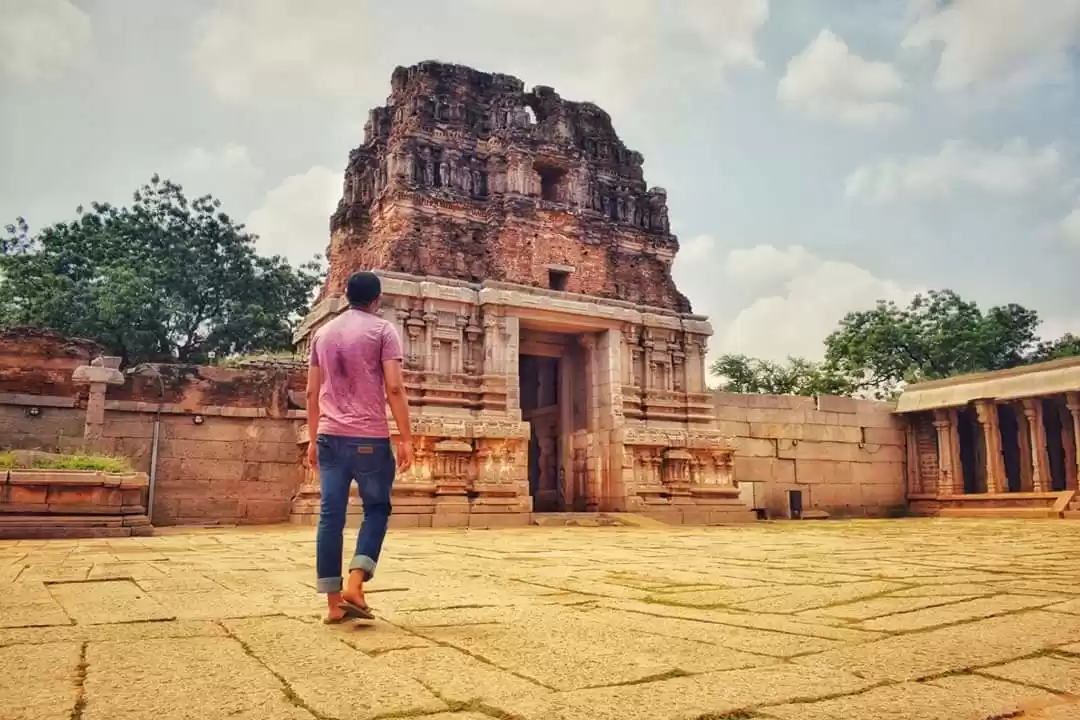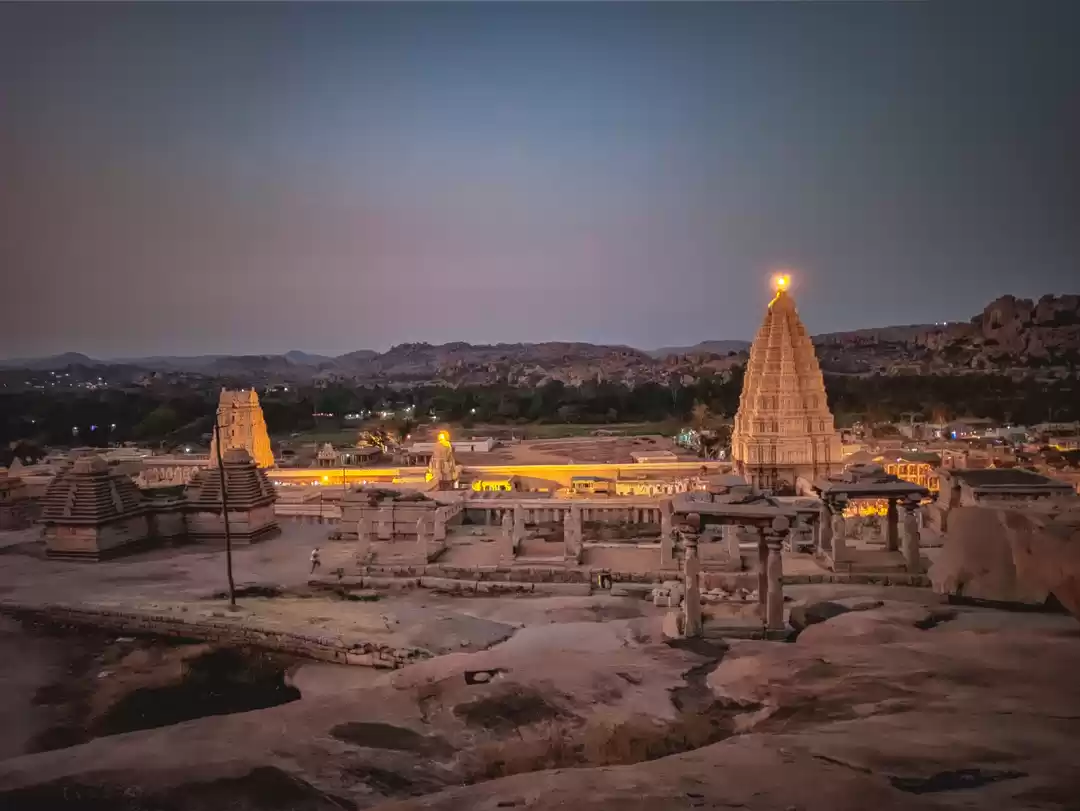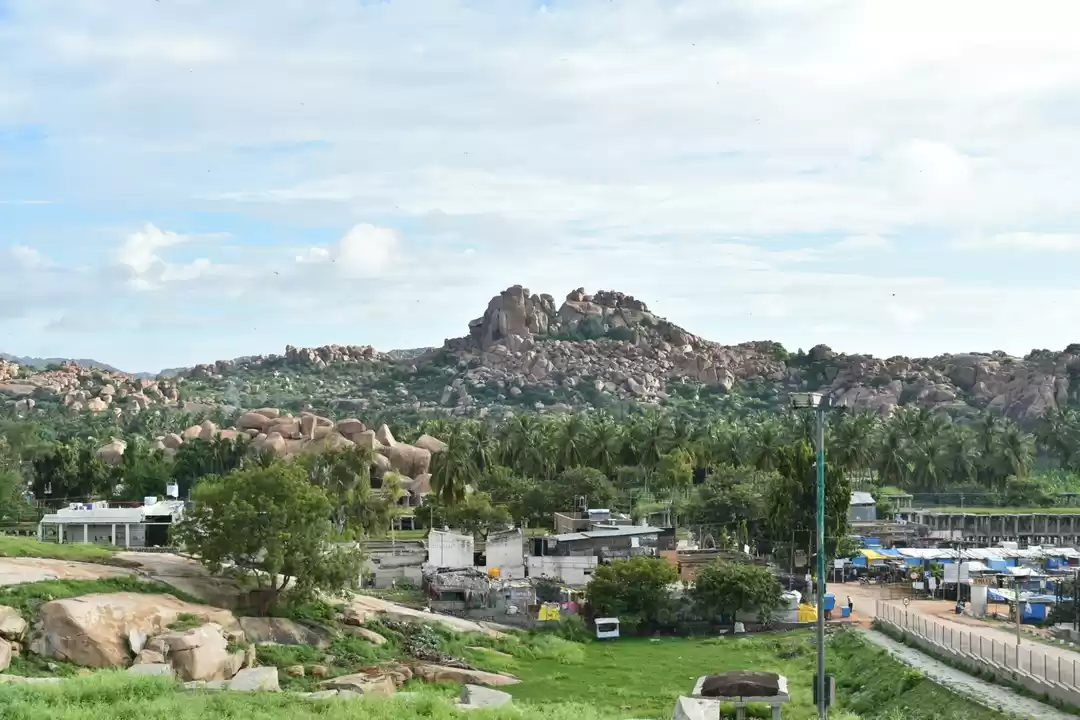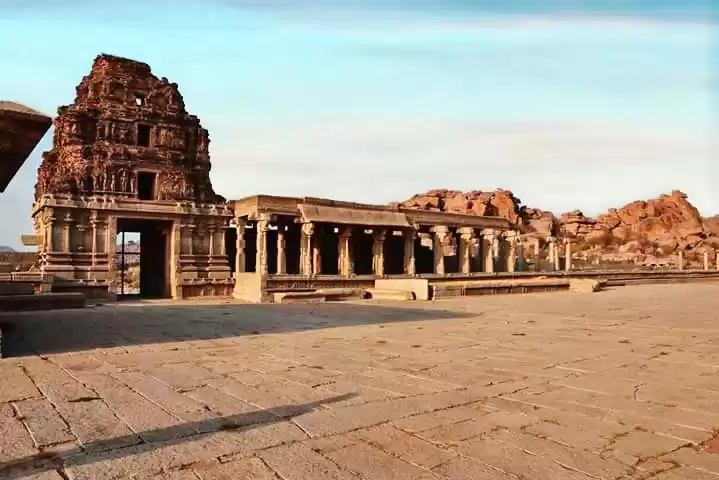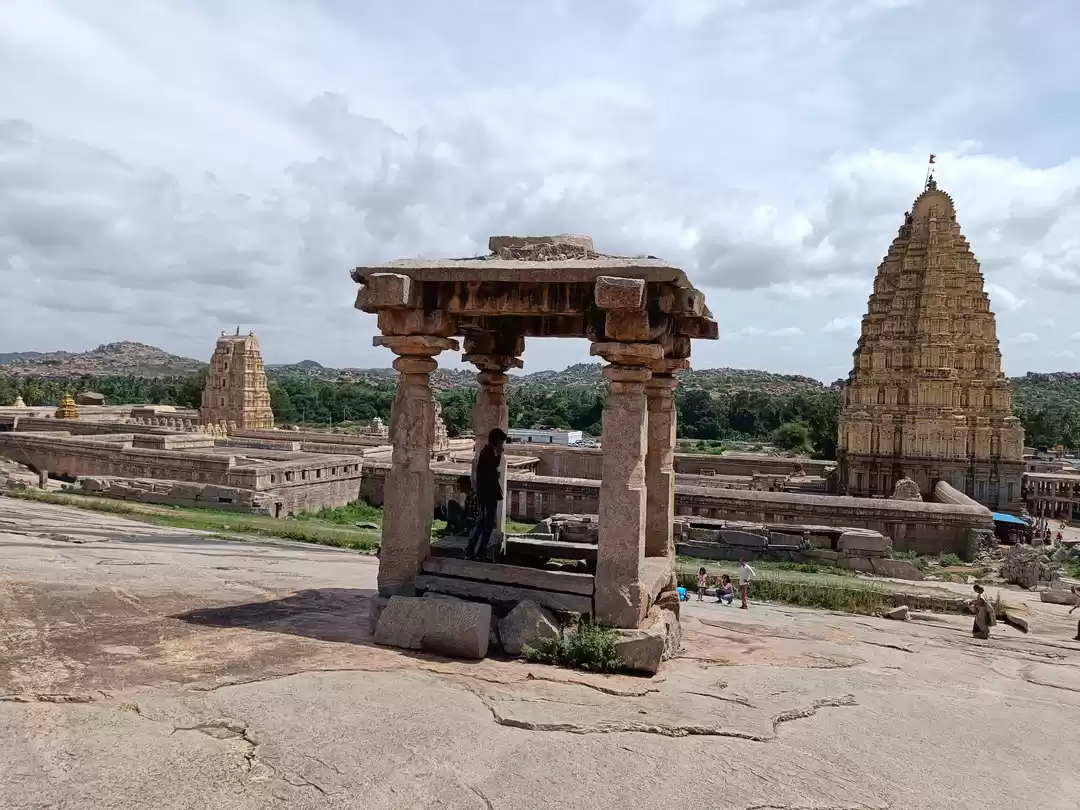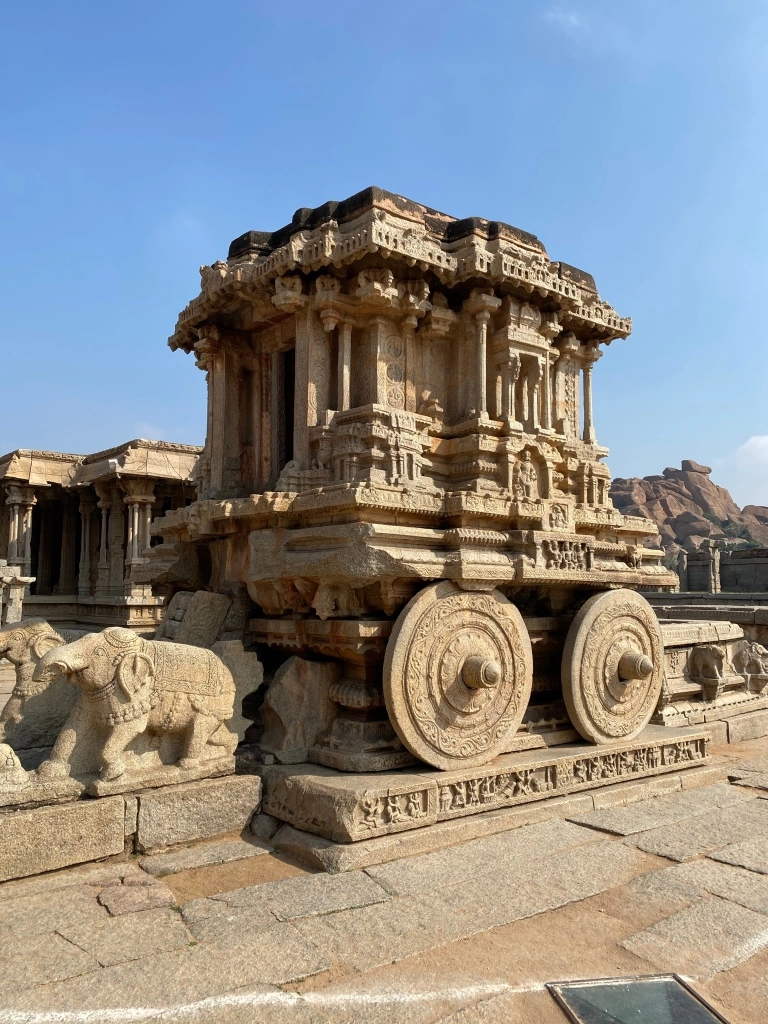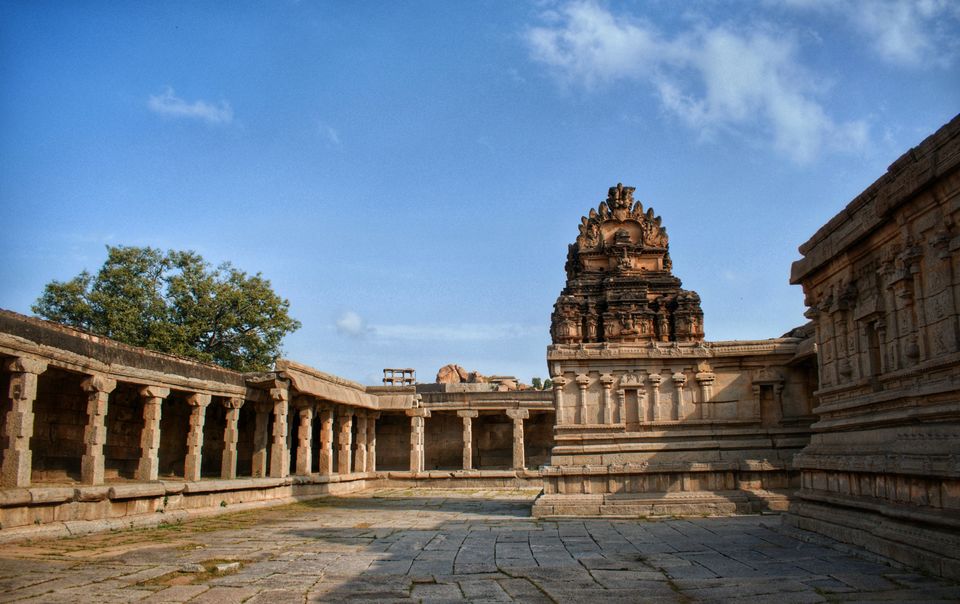
Hampi, one of the best historical tourist destinations in India is a perfect blend of scenic beauty and thriving backpacking culture.
Perhaps it is the bizarre boulder strewn landscape, interspersed by bright emarald paddy fields, perhaps it is the amazing ruins of temples, or the magical stories of myths and legends and gods and goddesses or the surrounding scenic countryside. Perhaps it’s a combination of all these things that make Hampi so special.
Background:
The name Hampi is evolved from Pampa, the ancient name of the river Tungabhadra. Also Pampa is the daughter of Brahma, the Creator God. She was a devoted worshiper of Shiva, the God of Destruction. Impressed by her dedication Shiva offered her a boon and she opted to marry him. The place thus came to be known as Pampakshetra (land of Pampa) and Shiva as Pampapathi (consort of Pampa).
According to Mythology, Hampi features in Ramayana also. Hampi was known as the Kiskinda Kingdom, the land of Sugreev and Hanuman where Sri Ram met them and seeked help to find Sita.
Hampi also finds fame and fortune as it became the capital of the Vijayanagar Empire, one of the largest and most important in Indian history. In the 16th century Hampi was a buzzing and important metropolis of half a million people with bazaars thriving in the trade of precious stones and other riches that attracted merchants from all over the world. All this came to an end in 1565 when the Deccan sultanates razed Vijayanagar to the ground leaving just the captivating legends and atmospheric ruins that we explore today.
Places explored:
Arrived on a Sunday morning after an overnight journey from Bangalore and witnessed the first rays of sun amidst the vast greenery and strong boulders on the way from Hospet to Hampi.
Virupaksha Temple:
We headed straight to the Virupaksha Temple, a Shiva temple and witnessed the morning Aarti and also an Elephant named Lakshmi bathing in the Tungabhadra River. It is the only existing temple with the idol. The temple was beautiful with its architecture and carvings. It is also famous because it is where God Shiva married Parvati.
Krishna Temple:
Then we headed towards Krishna Temple which was built to celebrate the conquest of Eastern Kingdom Udayagiri or Utkala. The carvings are especially spectacular with the Yalis (the mythical lion) on the pillars and the entrances to the temple hall flanged with impressive carvings of elephant balustrades.
Laxmi Narashima Temple:
This is the largest statue in Hampi. Narasimha is sitting on the coil of a giant seven-headed snake called Sesha. The heads of the snake acts as the hood above his head. The god sits in a cross-legged Yoga position with a belt supporting the knees.
Narasimha (means half-man’half-lion in local the languages) is on of the ten incarnations (avatar) of Lord Vishnu.
Lotus Mahal and Queen's Palace:
The Lotus Mahal is an important secular structure in Hampi. The style of it is a pleasant departure from the typical architecture you see in Hampi. It is one of most beautiful structures that were left undamaged during the siege of the city.
The Queen’s Palace is a ruined structure that has only the basement as a proof of its existence. The basement is located in the centre of the Zenana Enclosure.
Queen's Bath:
Located close to the royal enclosure, Queen’s Bath is yet another famous heritage site in Hampi. The private bathing chamber of the kings and the Queens is rectangular in shape and is surrounded by ornate balconies, each having a set of three windows. Spectacular to watch, one can surely take numerous pictures inside it.
Hazarama Temple:
The first thing comes to mind on seeing this temple, or more precisely its walls, is the locally popular comic strips of Hindu mythology, Ramayana. But the difference is, the stories are carved, in long arrays, onto the walls of this temple. Probably this is the only temple in the capital with its external walls decorated with bas-reliefs mentioned above. And the temple got its name Hazara Rama (a thousand Rama) Temple owing to this multitude of these Ramayana panels on its walls.
Vijaya Vittala Temple:
Situated northeast of Hampi, Vijaya Vittala Temple is dedicated to Vittala, an aspect of Lord Vishnu. With the most extravagant architecture and exceptional craftsmanship, the temple is the main attraction of Hampi. Words fail to explain the elegance, grandeur and the splendor of the temple.
With the musical SaReGaMa pillars and the iconic Stone Chariot, the temple is a major draw amongst the tourists who come from across the globe to witness the once-glorious Vijayanagara capital, which lies in ruins now.
Lunch in Tamarind Tree Restaurant:
After visiting the Vijaya temple we were hungry and on the way to Hampi Bazar, we stopped at the Tamarind Tree Restaurant to have local South Indian style lunch. The food was very good and cheap. After having lunch, we rested there a bit and then headed towards our final spot of the day.
Hemakuta Hills:
Hemakuta hill is the best place in Hampi to witness the Sunset. More than a hill, it is a mammoth sheet of rocks which are pretty easy to climb.
It’s a wonderful location to get splendid views of the sprawling ruins, in particular the twin gates of the Virupaksha Temple and Hampi Bazar which with a bit of altitude under your belt are irresistibly photogenic.
The hill itself is littered with smaller temples, gateways and pavilions with some fortifications around the perimeter that are believed to predate the Vijayanagar Empire.
Though we could not witness the Sunset as the sky was covered with dark clouds at that time but the view and the atmosphere there was enough to make us amaze.
What's next:
So this was our last place explored in Hampi and after and awesome experience of the history and culture of Hampi we left Hampi and were on the way back to Bangalore. Must say, Hampi was my best one-day travel experience with a lot of architecture to witness, a lot of knowledge to gain and also a lot of pictures to click.
Important notes:
1. Mobile network and internet connectivity is very poor in Hampi except BSNL.
2. If you are planning to stay , there are no hotels to stay in Hampi, you have to come to Hospet or Kamalapur for your night stay.
3. For a day tour, you can hire a bicycle for rent, a mopped or you can also go for a one day auto-rickshaw ride throughout Hampi.
4. Being a religious place, one will not find any non veg food or alcohol in Hampi. But I must say enjoy the local delicacy in Hampi.
So, plan your trip accordingly to one of the best weekend gateways near Bangalore to witness the rich culture and heritage of our country.
